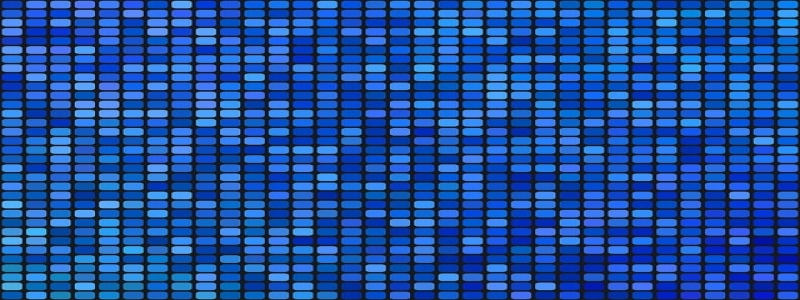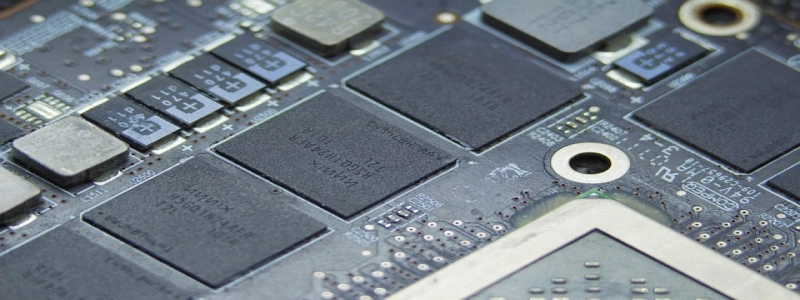How to Read Fiber Optic Cable Markings
การแนะนำ:
Fiber optic cables are widely used for transmitting data, voice, and video signals. They play a critical role in our modern communication systems. In order to ensure proper installation, maintenance, and troubleshooting of fiber optic cables, it is important to know how to read and interpret the cable markings. This article will guide you through the process of understanding fiber optic cable markings, helping you to navigate and work with these cables effectively.
ฉัน. Understanding the Basics:
1. Outer Jacket Color:
Fiber optic cables are typically covered with an outer jacket, which can be of different colors. Each color represents a specific type or category of cable. For example, yellow jackets indicate single-mode fiber cables, while orange jackets are used for multimode fiber cables.
2. Cable Labeling:
Most fiber optic cables come with labels or tags that provide information about the cable type, manufacturer, part number, and other relevant details. These labels can help in identifying and organizing cables during installation and maintenance.
ครั้งที่สอง. Reading the Cable Markings:
1. Cable Name/Type:
The cable markings will usually indicate the name or type of the cable. This information helps in identifying the purpose and specifications of the cable.
2. Fiber Count:
Fiber optic cables consist of multiple strands of optical fibers. The cable markings will indicate the number of fibers present in the cable, which is important for planning and managing the installation.
3. Fiber Type:
Fiber optic cables can be categorized into single-mode and multimode fibers. The markings will specify which type of fiber is used in the cable. This information is crucial for compatibility and performance considerations.
4. Jacket Color:
As mentioned earlier, the outer jacket color signifies the type of fiber optic cable. Understanding this color code helps in distinguishing between different cable types.
5. Length Measurements:
Some cable markings may include length measurements, such as meters or feet. This information enables accurate cable management and estimation during installation.
6. Date and Batch Number:
Fiber optic cables are manufactured in batches, and the markings may include the date of manufacturing and a batch number. This information can be useful for quality control and tracking purposes.
สาม. Interpreting the Cable Markings:
1. ความเข้ากันได้:
Understanding the fiber type and cable specifications from the markings is crucial for compatibility with other network components. This prevents issues such as signal loss or degradation.
2. Troubleshooting:
When troubleshooting fiber optic cables, the markings can provide valuable information about the cable’s characteristics and specifications. This helps in identifying potential problems and finding suitable solutions.
3. Documentation and Inventory:
Cable markings serve as a reference point for documentation and inventory management. Keeping track of cable markings simplifies cable organization, repair, and replacement tasks.
บทสรุป:
Reading and understanding fiber optic cable markings is an essential skill for anyone working with these cables. By correctly interpreting the cable markings, you can ensure proper installation, compatibility, troubleshooting, and efficient cable management. Paying attention to the details provided by the markings will ultimately result in a reliable and high-performance fiber optic network.







